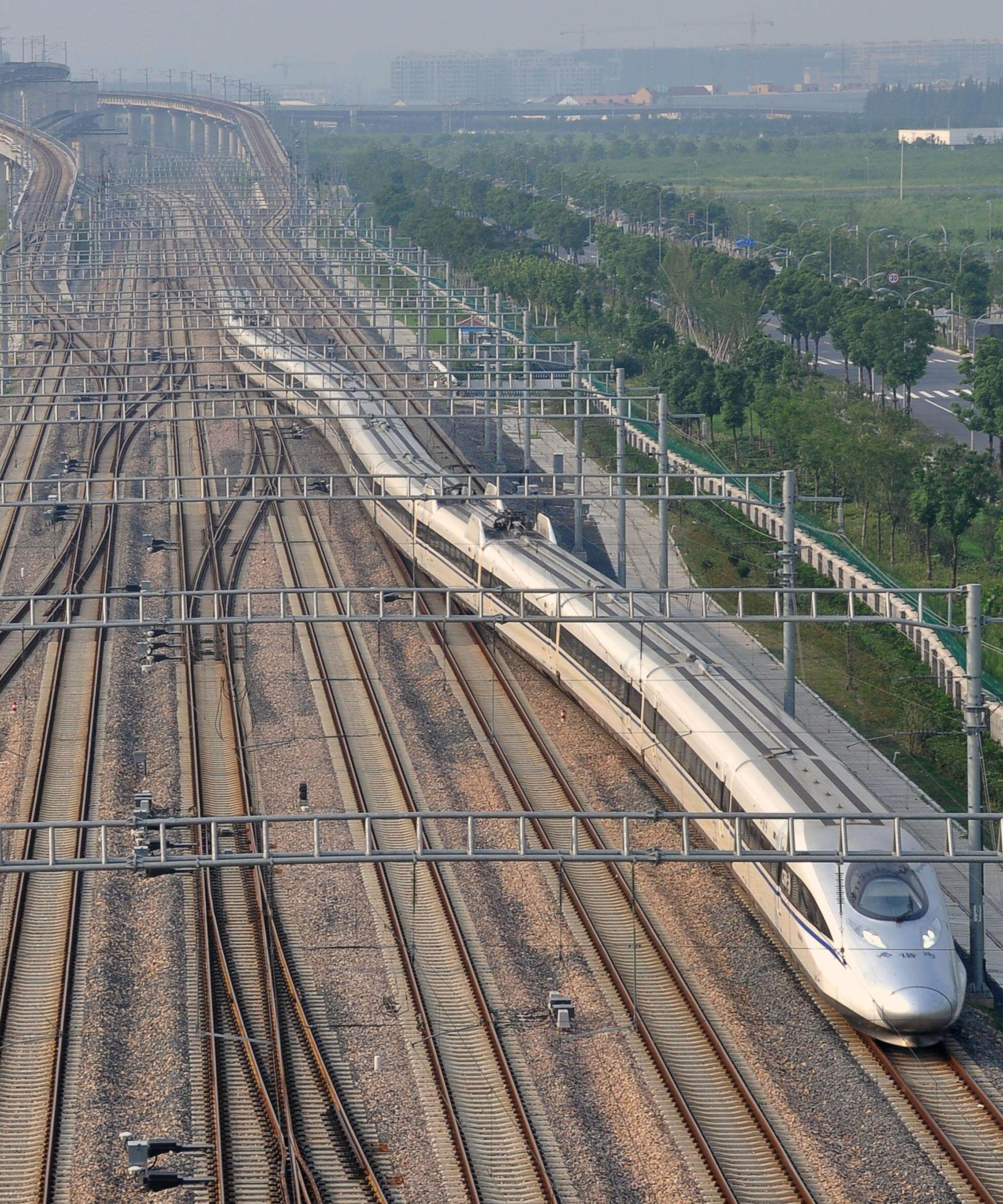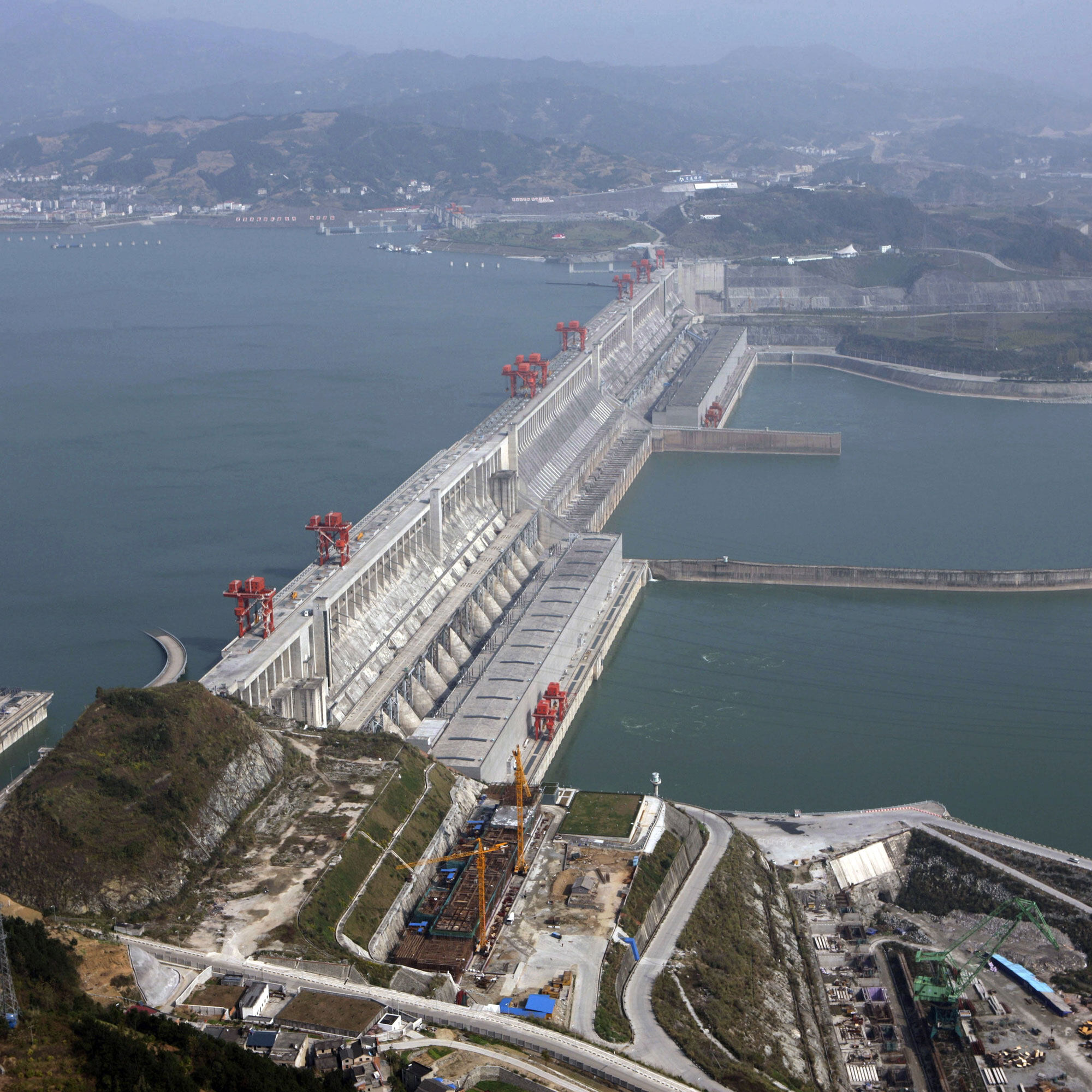- Infrastructure is an important support for economic and social development, and has a strategic, basic and leading role
- In the past ten years, China has not only accelerated the construction of traditional infrastructure such as transportation, but also made new breakthroughs in the construction of new infrastructure

The ten years since the 18th National Congress of the Communist Party of China have been a decade in which China has rapidly progressed towards a powerhouse in infrastructure construction. China's infrastructure has undergone tremendous changes in the past decade, and the achievements reflected in various data are dizzying.
Transportation
China's transportation infrastructure construction has made remarkable achievements, building the world's largest high-speed railway network, expressway network, and world-class port group. The landmark projects such as Beijing Daxing Airport, Hong Kong-Zhuhai-Macao Bridge, Shanghai Yangshan Port Automation Terminal, etc., have witnessed China's progress towards a transportation power.
In the past ten years, China's railways and highways have increased mileage by about 1.1 million kilometers, which is equivalent to 27 and a half circles around the earth's equator; the accumulated investment in railway fixed assets has exceeded 7 trillion yuan, and the production mileage has increased by 52,000 kilometers; by the end of 2021, the road network density will reach 55 kilometers per 100 square kilometers, an increase of 24.6% over 2012; 82 new or relocated transport airports have been built, bringing the total number of airports to 250, and the total design capacity of airports across the country exceeds 1.4 billion passengers. The comprehensive transportation system with huge scale and smooth internal and external connections has attracted worldwide attention.

When it comes to China's business card in the field of transportation, it is impossible not to mention China's high-speed rail. In 2012, the operating mileage of China's high-speed rail was 9,356 kilometers, and the current figure has exceeded 40,000 kilometers. Now, passengers can travel to 54 cities within half a day from the capital Beijing by high-speed rail. "Seeing China by high-speed rail" has become a true portrayal of people enjoying a better life.
Judging from the data in 2021, China has an average of about 69,000 ships entering and leaving the port every day, 26,800 aircraft taking off and landing, and nearly 300 million express shipments. During peak hours, there are more than 10,000 passenger trains on the railway and more than 60 million passenger trains on the expressway every day.
The total mileage of rural roads has increased from 3.564 million kilometers at the end of 2011 to 4.466 million kilometers at the end of 2021, a net increase of more than 900,000 kilometers in 10 years; the problem of 1,040 townships and 105,000 organic villages connecting to hardened roads has been solved
The China-Laos Railway, the Asia-Djibouti Railway and the Mombasa-Nairobi Railway were put into operation, the Jakarta-Bandung high-speed railway was advanced in an orderly manner, and the second-phase equity transfer of the Piraeus Port was successfully delivered, which has become an important achievement in the construction of the Belt and Road Initiative.
energy power
In the lower reaches of the Jinsha River at the junction of Sichuan and Yunnan, the Baihetan Hydropower Station with a total installed capacity of 16 million kilowatts is the largest and most technically difficult hydropower project under construction in the world. After it is fully completed and put into operation, the annual average power generation will reach 62.443 billion kWh.
In Xinghua Bay, Fuqing, Fujian, 59 white wind turbines with a height of 100 meters stand in the sea. As the world's first high-power offshore wind power prototype test wind farm, the Fuqing Xinghua Bay offshore wind farm has an annual power generation capacity of 1.4 billion kWh, which can meet the normal electricity demand of 20,000 families of three.
In January 2021, still in Xinghua Bay, the world's first "Hualong No. 1" nuclear power unit, Fujian Fuqing Nuclear Power Unit No. 5, was put into commercial operation, marking China's ranking among the world's forefront in the field of third-generation nuclear power technology.

By the end of 2021, China's total installed power generation capacity will reach 2.38 billion kilowatts, doubling from 2012, with an average annual growth rate of 8.4%; China's 220 kV and above transmission lines will reach 843,000 kilometers, and the substation equipment capacity will reach 4.94 billion kV An, respectively, 1.7 times and 2.2 times of 2012; China's oil and gas pipeline mileage reached 180,000 kilometers, an increase of 1 times compared with 2012.
On the premise of ensuring a safe and reliable supply of energy, China continues to promote a clean and low-carbon transformation of its energy structure. Today, China's installed capacity of renewable energy power generation has exceeded 1 billion kilowatts, and the total installed capacity of green power ranks first in the world.
People's livelihood project
At the end of 2014, the first phase of the middle route of the South-to-North Water Diversion Project was fully opened to water. The clear water flows northward from the Danjiangkou Reservoir in the middle and upper reaches of the Han River and flows for thousands of kilometers, bringing sweet rain to the extremely water-scarce North China region.
As one of the world's largest water diversion projects, the South-to-North Water Diversion Project has used various technologies such as open channels, aqueducts, and tunnels in its construction to create the world's largest water aqueduct and the world's largest group of modern pumping stations. Since the opening of water, Nanshui has become the main source of water for more than 140 million people in more than 280 counties (cities, districts) in more than 40 large and medium-sized cities in Beijing, Tianjin, Hebei, Henan and other places.

As of May 13, 2022, the cumulative water transfer volume of the east and middle routes of the South-to-North Water Diversion Project has reached 53.1 billion cubic meters, implemented ecological water replenishment of 8.5 billion cubic meters for more than 50 rivers along the route, and reduced groundwater overdraft by more than 5 billion in water-receiving areas. cubic meter. Now, families in the water-receiving areas of the South-to-North Water Transfer Project can drink water from the Yangtze River thousands of miles away as soon as they turn on the tap.
digital infrastructure
With the network power, broadband China, and Internet+ actions, China's information and communication industry has achieved iterative leaps over the past decade, building the world's largest and technologically advanced network infrastructure. Among them, the optical fiber network access bandwidth has achieved exponential growth from 10 megabits to 100 megabits to gigabit, and the mobile network has achieved a leap from "3G breakthrough" to "4G synchronization" to "5G leadership".
In 2012, the number of mobile phone base stations in the country just exceeded 2 million, and by the end of 2021, this number will reach 9.96 million. At present, China has historically achieved "broadband access to every village" in administrative villages across the country. The average download rate of broadband networks has increased by nearly 40 times. The scale of 4G base stations accounts for more than half of the world's total, and 1.615 million 5G base stations have been built.
Up to now, China's industrial Internet high-quality external network has covered more than 300 cities across the country, cultivated more than 150 large-scale industrial Internet platforms, and connected more than 78 million sets of industrial equipment. Industrial Internet applications have covered 45 major categories of the national economy. Such "digital infrastructure" is not only the cornerstone of the development of the digital economy, but also an important engine for optimizing the economic structure and promoting medium- and long-term sustainable economic development.

As the core productivity of digital economy development, computing power has become an important infrastructure for national economic development. Since 2022, among the 10 national data center clusters in China, 25 new projects have been started, driving investment of more than 190 billion yuan in all aspects.
In February 2022, the “East Digital and Western Computing” project was officially launched. By transferring the data from the developed eastern regions to the western regions with rich computing resources for computing and storage, it not only alleviated the problem of energy shortage in the eastern region, but also provided data to the western region. Open up a new development path.
At present, from the central to the local, new infrastructure projects including 5G base stations, industrial Internet, and data centers are still in solid progress. In the future, China will also comprehensively strengthen the construction of information infrastructure, expand the depth of 5G network coverage, and accelerate the large-scale application of emerging technologies such as 5G.Editor/Ma Xue
Comment
 Praise
Praise
 Collect
Collect
 Comment
Comment
 Search
Search














Write something~